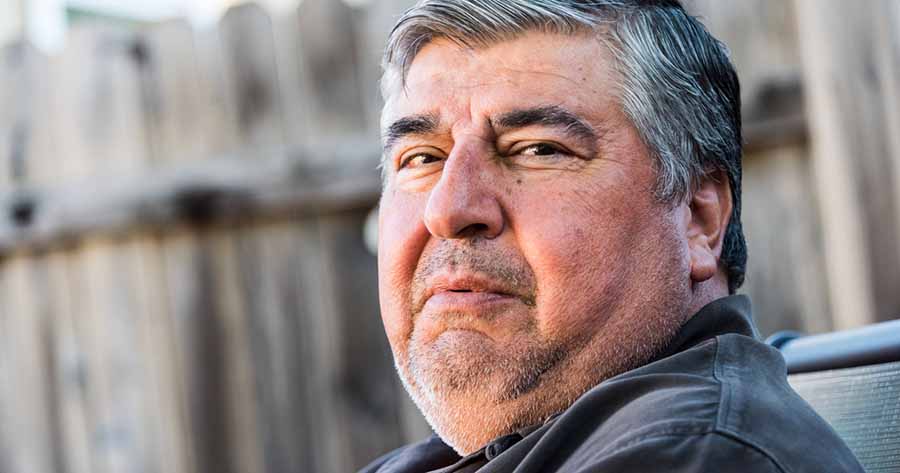The Exeter team worked with the University of Oslo and the US network of Pancreatic Organ Donors (nPOD) to analyse the largest ever collection of biobanked pancreas samples from people with type 1 diabetes. The study provides the first clear evidence that children who are diagnosed with type 1 diabetes at the age of ≤6 years develop a more aggressive form of the condition. An inflammatory process known as insulitis destroys nearly all the beta-cells in the pancreas of this age group. However, progression of diabetes is radically different in those who are diagnosed beyond the age of 13 years, who were found to retain approximately 40% of their beta-cells at diagnosis – although they are no longer working as they should.
This suggests that different treatment strategies – for example, replacing lost beta-cells or halting the decline or improving the function of those that are still present – may need to be targeted at different patient groups.
Commenting on the group’s findings, Noel Morgan, one of the lead study authors, said: “This is incredibly exciting, and could open the doors to new treatments for young people who develop diabetes. It was previously thought that teenagers with type 1 diabetes had lost around 90% of their beta cells but, by looking in their pancreas, we have discovered that this is not true. In fact, those diagnosed in their teens still have many beta-cells left – this suggests that the cells are dormant, but not dead. If we can find a way to reactivate these cells so that they resume insulin release, we may be able to slow or even reverse progression of this terrible disease.”
The study was funded by the European Union and the Juvenile Diabetes Research Foundation. It can be read in full here.





